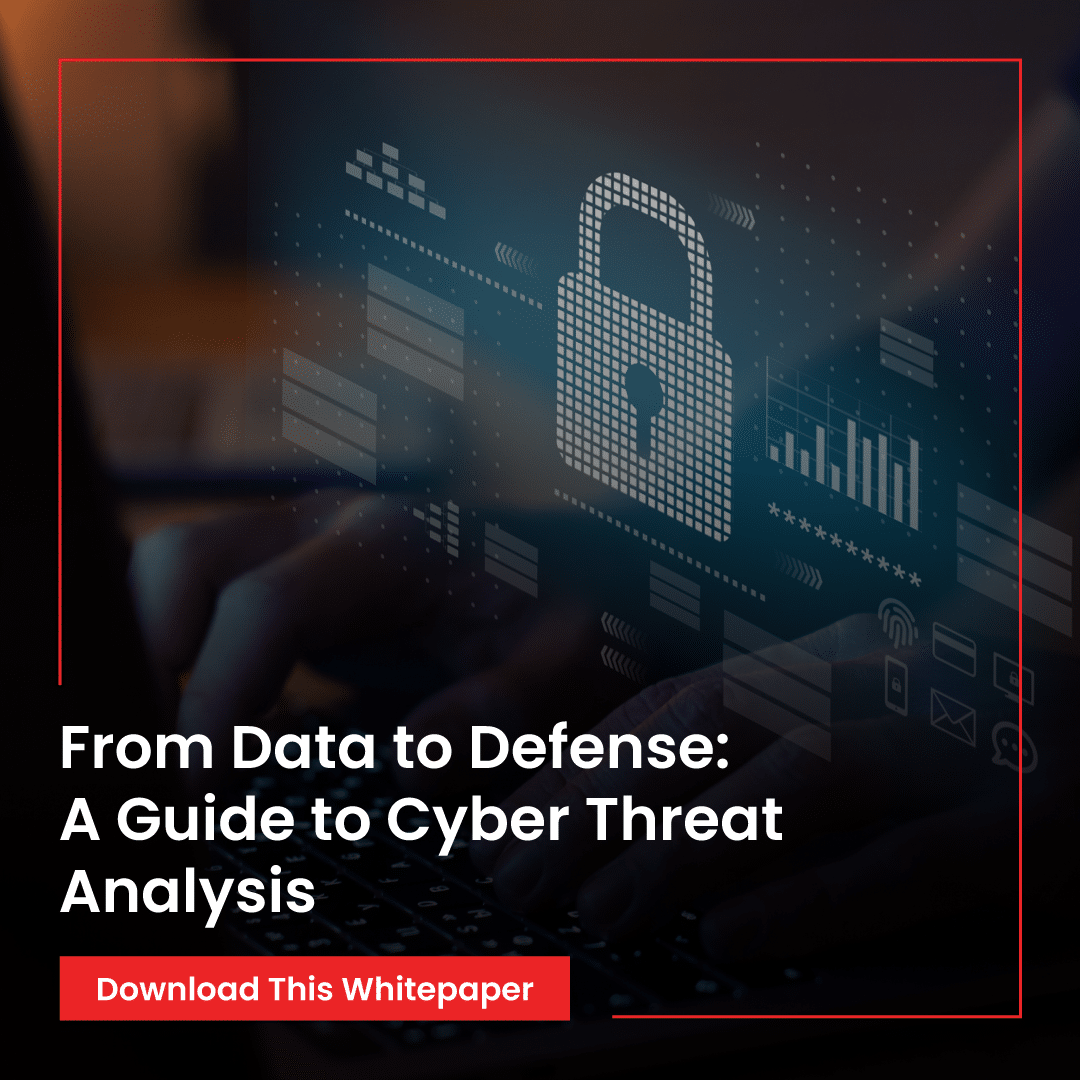Hey there, greetings from The Bay! Let’s dive right into a burning issue here and worldwide – cybersecurity. We know with technology evolving at breakneck speed, we’re left grappling with a double-edged sword. On one hand, technology streamlines our lives. On the other hand, it exposes us to an increasing number of cyber threats.
Now, imagine your organization as a fortress. Protecting this fortress from ongoing cyber-attacks needs vigilance and a dynamic game plan. ‘How do we build this plan?’ I hear you ask. Well, it comes down to a potent framework for cyber threat data analysis.
Imagine this data analysis as gathering intelligence from the field, evaluating our defenses and anticipating enemy strikes. Much like a military operation, right? Understanding and proactively analyzing these threats is no easy task, but it’s absolutely crucial in maintaining our digital fortresses.
The foundation of this process is threat modeling, where we predict and assess potential risks. It’s like the strategic table where generals are moving pieces around, figuring out where the enemy might strike next. It’s also about developing a general threat matrix that allocates resources effectively to combat threats in different industries.
A pivotal advantage of cyber threat data analysis is the ability to benefit multiple stakeholders. By utilizing real-time data analytics, security teams can not only anticipate emerging threats but also formulate effective response strategies. This process allows us to stay one step ahead of any attack, enhancing our fortress’s security.
But that’s not all, my friends. Cyber threat data analysis doesn’t just stop with a single successful defense. It’s an ongoing process that demands constant vigilance. It’s about monitoring, evolving, and cohesion among the cybersecurity community. We need to consistently update our security measures, ensuring they keep up with the latest cyber threat trends.
Speaking of trends, we are looking at an explosion of digital infrastructure from cloud communications to the Internet of Things (IoT). Supporting this digital expansion requires an important element of scalability in our cyber threat data analysis. Thankfully, we’ve got Artificial Intelligence and Machine Learning to the rescue. These technologies allow us to sift through and process heaps of information, decode patterns, and forewarn us about potential cyber threats.
In essence, cyber threat data analysis is like our very own guidebook for keeping our digital fortresses safe. It connects advanced analytics, automation, and expert insights to create a powerful system. This is not just about casting spells behind a firewall, but being proactive in our approach, and always staying alert.
So, there it is – a layman’s version of our world. To really get ahead of potential threats, we must constantly evolve, adapt, and stay vigilant, providing the best in proactive cybersecurity threat intelligence for our digital world.
Stay safe, stay alert, my friends! Until next time!
by Morgan Phisher | HEAL Security



